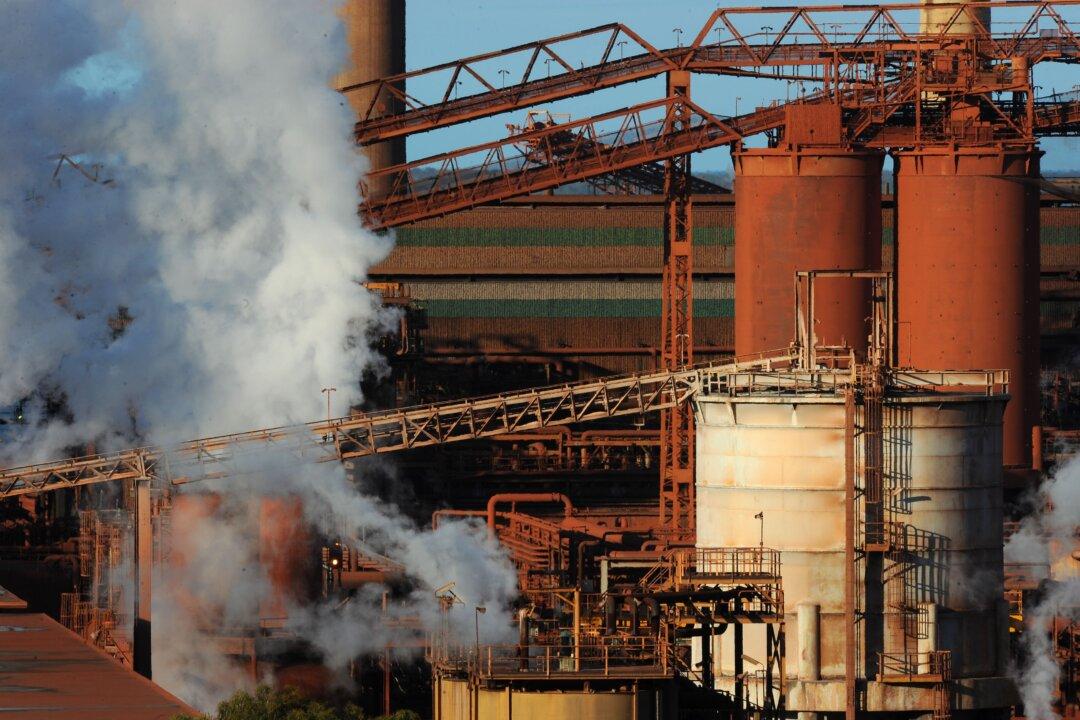Australia’s biggest polluters will be required to reduce their net emissions by almost 35 percent by 2030 under the federal government’s new safeguard mechanism reforms.
Minister for Climate Change and Energy Chris Bowen said the reforms will support the country’s biggest emitters to remain competitive in a global economy while they work to reduce emissions.





